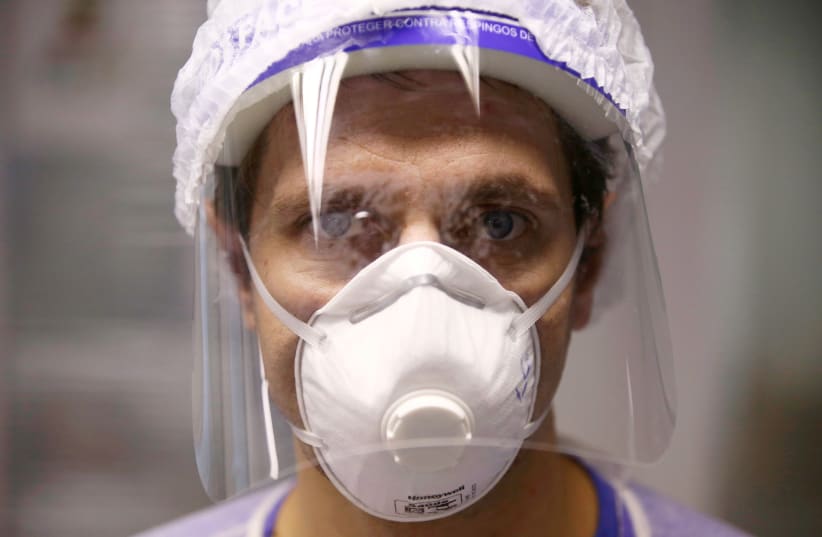This had previously been demonstrated in laboratory experiments, but the scientists were able to find tiny droplets in real-world conditions in two hospitals in Wuhan, China, according to The New York Times.
It is still unclear whether the virus in the droplets were infections, but droplets such as these, expelled by breathing and talking, can remain in the air and be inhaled by others.
"The potential for aerosol transmission is poorly understood," warned the scientists involved in the study.
Linsey Marr, a professor of civil and environmental engineering at Virginia Tech, told the Times that the fact that these droplets can stay in the air for "at least two hours," "strongly suggests that there is potential for airborne transmission."
Scientists collected samples at Renmin Hospital of Wuhan University and at a makeshift temporary medical facility as well as in public areas, including a residential building and a supermarket.
Very little virus was detected in well ventilated areas, such as isolation wards or patient rooms, but elevated concentrations were found in less ventilated areas, such as small toilet areas.
Marr emphasized that this showed the importance of avoiding confined spaces.
Especially high concentrations of the virus were found in rooms where medical staff take off protective gear, which may mean that the virus particles on the gear could become airborne again, according to Bloomberg magazine.
The World Health Organization has downplayed the possibility of the coronavirus being spread through aerosols and, even with the findings from Wuhan, it is still unclear whether the airborne virus is able to replicate and infect people.
Researchers at the University of Nebraska Medical Center also found coronavirus RNA in the air. The research is still being peer-reviewed, but found RNA in out-of-the-way locations, including under a bed and on window sills, which could suggest that small droplets are carried around rooms by air currents.
The researchers from Nebraska also did not determine whether the viruses were still infections, but expressed hope that more definitive statements could be made in the next week or so.
No viruses were detected in most public places studied in Wuhan, although some levels were detected in crowded areas outside of one of the hospitals and in the department stores. Marr calculated that it would take about 15 minutes for a person to breathe in one virus particle, according to the Times.
Room ventilation, open space, sanitization of protective gear and disinfection could reduce the concentration of coronavirus aerosol concentration, according to Vice.
